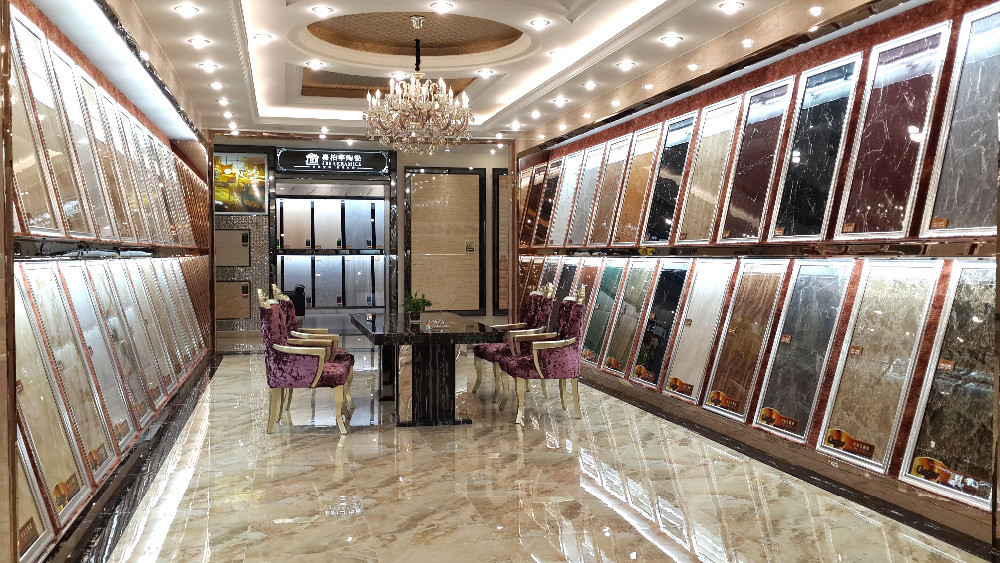 Indonesian ceramic industry has advantages and great potential because it has the availability of raw materials and energy sources are abundant gas. Indonesian ceramic industry has advantages and great potential because it has the availability of raw materials and energy sources are abundant gas.
It is also supported by mining deposits as ceramic raw materials are quite large and spread out in various areas such as ball clay, feldspar, and zircon, as well as the availability of abundant gas energy as the fuel production process.
This was conveyed by Head of Industrial Research and Development (ARDI) Kemenperin Haris Munandar on Ceramic XIV National Seminar with the theme "Building a Productive and Effective Research for Independence Meningkatkanu Industry" held in Bandung on Wednesday.
"Over the last 30 years, the development of national ceramic industry became one of the leading industries in the country and prospects for national ceramics industry has an opportunity big enough for a long enough period of time," Harris said in a press release.
This was in line with growth in the domestic market continues to increase, especially for the type of tile or tiles being supported by growth in both property development and housing.
In 2014, Indonesian ceramic industry has a capacity of 1.8 million m2 / day and production of 1.6 million m2 / day.
The production of the local market absorbed 87 percent and 13 percent in exports, where the ceramic industry sales value reached Rp30 trillion and projected in 2015 reached Rp36 trillion.
Currently, manufacturers of ceramic floor and wall amounts to 35 companies with a total number of 95 factory units. Overall the ceramics industry is able to absorb the labor force of 200,000 people.
"National ceramic industry is still likely to be developed, considering the ceramic consumption per capita is still low at about 1 m2 compared to other ASEAN countries already above 2m2," said Haris.
In fact, with a population of 250 million and supported prospects for property development and construction in Indonesia, the market opportunity is expected to be put to good use.
|